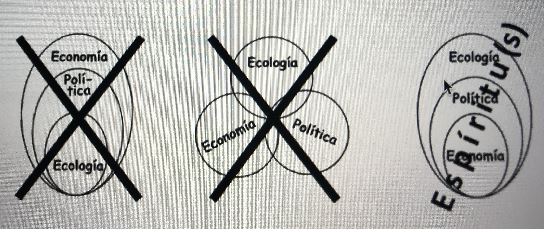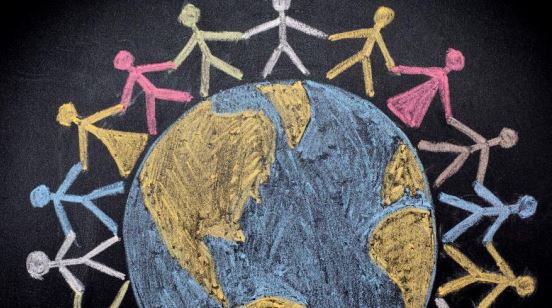Demand for materials is so intense that between 20 and 30 % of the resources we use in Europe are now imported. With the boom in international trade, EU consumption and production damage ecosystems and human health far beyond Europe’s borders, according to a report published by the European Environment Agency (EEA).
‘Unsustainable resource use is a truly global problem – Europe’s voracious demand for materials is felt around the world,” EEA Executive Director Jacqueline McGlade said. “With growing demands on the world’s limited stock of resources, it is imperative that Europe makes more efficient use of both virgin materials and waste.”
The report, ‘Material resources and waste‘ is an update to the Thematic assessment on material resources and waste within the EEA’s 2010 State and Outlook report. It states that Europe is using resources more efficiently, though it has used increasing volumes of raw materials in absolute terms. While this trend has been interrupted by the economic downturn, it is likely that increasing resource consumption will resume with renewed economic growth.
Using material resources more efficiently – from virgin materials…
Average annual use of material resources is nearly 15 tonnes per person. The bulk of this ends up as ‘stuff’ accumulated in the economy; the rest is converted into emissions or waste.
Europe’s economy is heavily dependent on imported raw materials — in 2011 approximately 1 600 million tonnes of raw materials were imported into Europe – that’s about 3.2 tonnes per person. Fuels accounted for most of this amount.
Targets set in the recent past have not always been met: the EU was expecting to become ‘the most resource‑efficient economy in the world’ and ‘substantially reduce waste generation’, according to the Sixth Environment Action Programme (6EAP)adopted in 2002, but this has only been partially successful.
The EU’s Europe 2020 strategy, adopted in 2010, identified resource efficiency as one of its main goals, and it is hoped that this will revitalise efforts to develop an economy which is competitive, inclusive and provides a high standard of living with much lower environmental impacts. These ambitious goals can only be achieved with considerable changes in production and consumption patterns.
… to waste
The European economy generates more than five tonnes of waste, including hazardous waste, per inhabitant each year, and each citizen throws on average half a tonne of household waste into the bin. Nonetheless, there has been a slight reduction in waste volumes in recent years, probably connected to the downturn.
Moreover, waste management in Europe has improved. Recycling rates for municipal waste have more than doubled in the area of the EU plus Norway and Switzerland, going from 17 % of municipal waste recycled or composted in 1995 to 38 % in 2010. Approximately 60 % of packaging waste is now recycled.
The EU aims to become a ‘recycling society’ as part of a greener economy which provides both better resource efficiency and improved security of supply. Recycling already covers a large share of EU consumption of certain materials, especially paper and cardboard, iron and steel but is below 10% for others such as copper, concrete and plastics. Better collection schemes and recycling infrastructure could lead to more recycled materials in new products.
There are several side benefits from better waste management. For example, full implementation of the EU Landfill Directive’s targets, via using municipal waste as resource instead of sending it to landfill could cut greenhouse gas emissions by 62 million tonnes of CO2‑equivalent in 2020 compared to 2008, according to analysis carried out by the EEA . Increasing recycling also creates more jobs at higher income levels : overall employment related to recycling increased by 45 % in Europe between 2000 and 2007.
Resource efficiency and Rio+20
Efficient use of materials, reducing waste, and using waste as a resource are important pillars of a ‘green economy,’ set to be a key theme at the United Nations Sustainable Development Summit in Rio de Janeiro in June this year.




Leave A Comment
You must be logged in to post a comment.